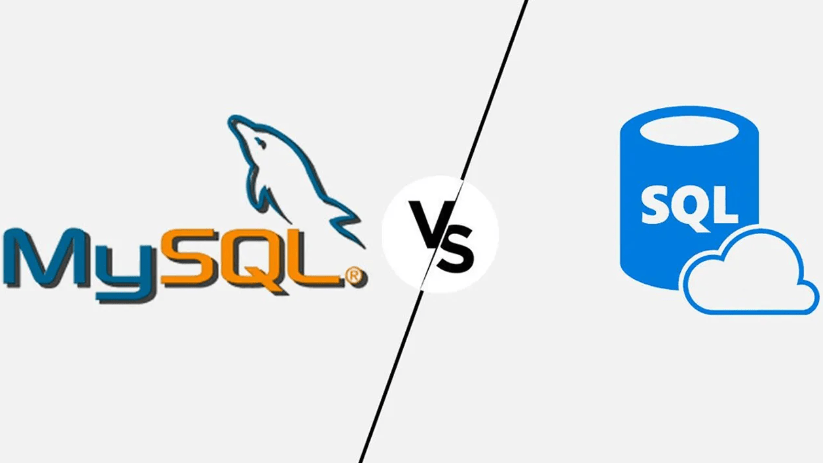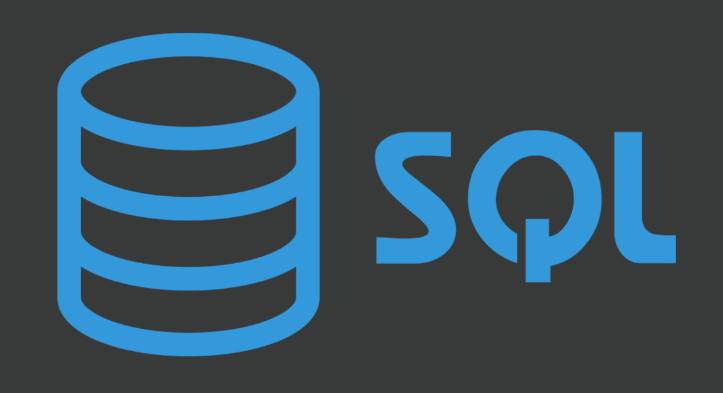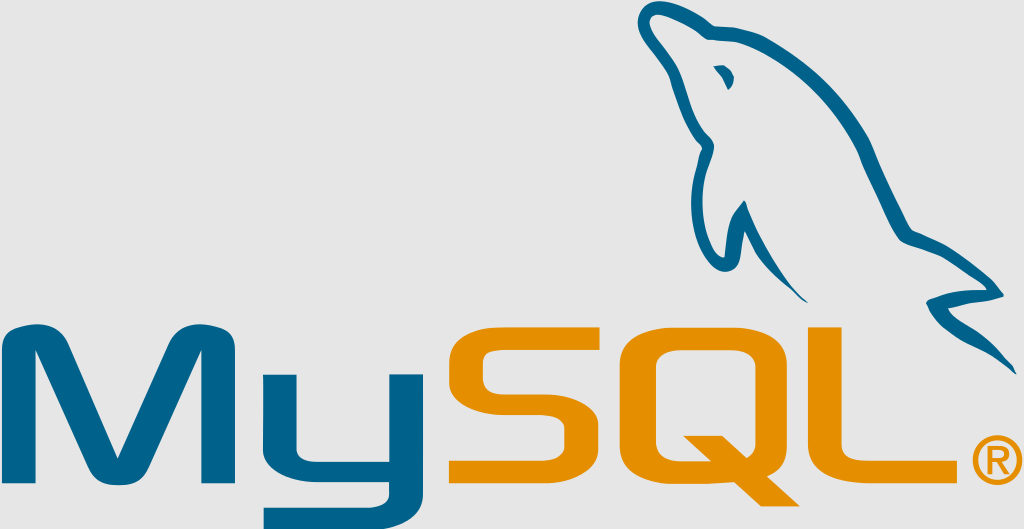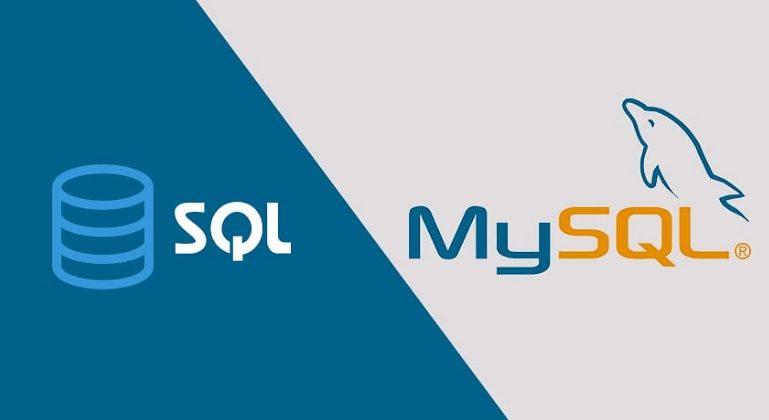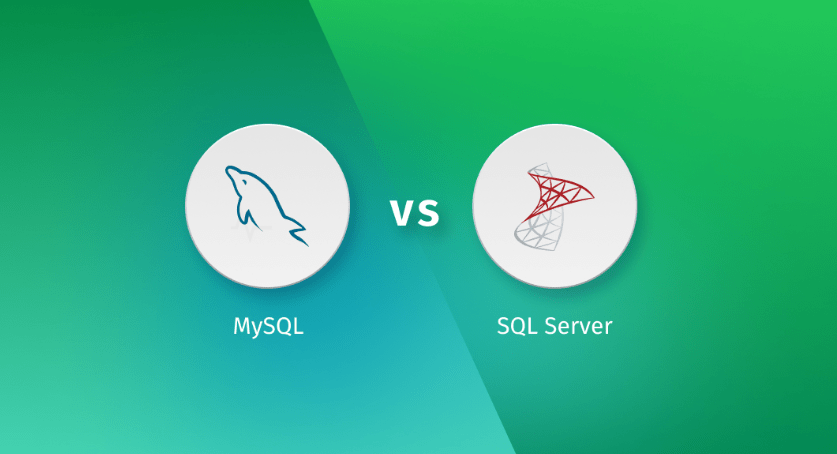While discussing the issue of database management, two terms, namely SQL and MySQL, are frequently considered identical. However, certain factors set the two apart, which are crucial to comprehend before deciding which one to utilize. Now, turning to SQL and MySQL, two important databases that allow different operations to be performed on them, we will look at the specifics of SQL and MySQL in this blog post.
What is SQL? An Overview
SQL is an acronym for Structured Query Language, an initial programming language level created purely for database administration. All databases use it to perform operations regarding data manipulation within the database, which are get, put, update, and destroy. Since the strategy of SQL is to handle structured data, it is useful for the managers of the database systems, analysts, and programmers.
Syntactically, the language is said to be well-structured and easy to understand, making it widely popular. The applications augment the capabilities of the users when it comes to the formulation of conceited search questions that will interact with the database, analysis of data as well as report preparation without having to worry about data integrity as well as security. The usage of this language Worldwide within different industries makes the skills in SQL portable and highly sought after, as it can be used in nearly all database systems with little modification.
Because SQL can handle large datasets and complex operations such as joint operations, transaction operations, and sub-operations, so SQL’s application is very flexible. The broad function we speak of is the one that not only enables users to retrieve and work with data but also to create and modify the structure of the database. However, SQL still plays a crucial role in data management and remains the fundamental foundation for the present-day standardized Relational DBs and is an inimitable tool in a modern data manager’s toolbox.
What is MySQL? A Brief Introduction
MySQL has become an outstanding open-source RDBMS with extremely high performance and reliability among all similar systems. In essence, MySQL enables the input, access, and manipulation of information within data structures adhering to the relation model. Due to its architecture, it can support the extensive DBs and become the solution to many different WEB-based applications and services.
This is widely used due to the ease of use and availability of MySQL on virtually all operating systems, such as Windows, Linux, and Mac OS. This compatibility applies to different program languages, including PHP, Python, Java, etc., allowing them to be integrated into different schedules. The system’s availability is highly flexible since it features open-source, which implies that usual updates enhance its society through developers who give their time to its stability, security, and features.
One major characteristic of MySQL is scalability. Project is introduced as an adaptable solution for creating databases of virtually any size – from small home uses to huge commercial applications – without a negative impact on the speed of the software. Also, the system exhibits very strong support for all the ACID transactions – Atomicity, Consistency, Isolation, and Durability – to provide for data integrity, especially during system failure or power failure.
Thus, with the help of an excellent set of tools for working with a database, MySQL contributes to the ease of development of applications but also guarantees their effectiveness and stability. This diverse application to the different sectors shows how trust developers from all over the world have in it.
The Core Difference Between SQL and MySQL
Looking at disks in the light, the main and most crucial difference between SQL and MySQL is in their essence and calling. This is a common language used to interface with and manage data found in relational databases, and its name is SQL for structured query language. It is the standard means data operations such as queries, updates, and data manipulation are conducted in different database environments.
On the other hand, MySQL is a specific example of a DBMS that uses SQL to perform these operations regarding data. In other words, SQL is the computer language that prescribes how the framework for the database interaction should look. It is written in MySQL as a practical software implementation of SQL. MySQL utilizes SQL to provide a complete set of tools for managing databases; this includes the creation, use, as well as administration of databases.
This differentiation aims at portraying the SIMBLE framework and the tasks it is composed of and showing how MySQL as a platform gives pragmatic realization of these tasks through its software features. SQL is the language that prescribes how data should be managed.
How SQL and MySQL are Used in Database Management
Regarding database management systems, SQL and MySQL occupy rather significant but still different positions. Regardless of this, SQL, as a centralized language for data, is central to the execution of a vast number of duties in data operations. It enables multiple kinds of access by which users can find the data and arrange it systematically as well. This general usability of SQL makes it unique to every data administrator and developer in the present world where different database systems are vital in the handling and manipulation of data.
MySQL, on the other hand, is a specific system dedicated to the real storage, management, and retrieval of data within systems of these databases. This is more of a container where databases are produced, modified, and administered. Besides creating the databases, tables, and various operations on the tables, MySQL has many interface tools, improving data integrity, easy backup and recovery, and security.
The work also includes accompanying the execution of SQL commands: it is in this case that the commands of the language named SQL are performed to influence or extract information within MySQL’s contained databases.
The applicative cooperation between SQL’s command and MySQL’s database management features highlights one of how the two are used in database management. SQL gives the users the tools to speak to the data; MySQL gives the users the architectural framework to guarantee that those tools are used in the most safe, effective, and dependable ways possible. Therefore, such dependence cannot but indicate the fact that each of them is special while at the same time being an integral part of one general system of DBA.
Key Advantages of SQL
SQL’s universal applicability across numerous database management systems stands as one of its primary strengths. This universality means that once mastered, SQL skills are highly portable and in demand, empowering users to work across various platforms without needing to learn a new query language.
Moreover, the results achieved in the last category show that SQL excels in performing various data manipulations swiftly and accurately. Users can input elaborate search statements for data search and employ join transaction, and sub-query statements to establish higher application levels to study the measures and provide solutions to intricate issues in data.
The language’s syntax is very well-rounded, which only aids in making it very easy for anyone to read and understand compared to other languages. This aspect makes the creation, organization manipulation as well as retrieval of data accessible cutting across all professionals not only in database management but also in entry, analysis, and reporting. Furthermore, SQL’s structure focuses on security and integrity so operations done on the database are accurate and the data is kept sound.
Alternatively, in data analysis and business intelligence, SQL’s strength of computing substantial amounts of data and executing all aggregate functions helps organizations extract predetermined patterns or trends from the data to help with decision-making. Due to flexibility and stability when working with the identified data, it can be affirmatively stated that structured data gave high importance to SQL tools for the management and analysis of business data and proved the necessity of further development in the digital world.
Key Advantages of MySQL
MySQL stands out in the database management landscape for its reliability and ease of use. This is an ideal system that will assist the developers in creating or modifying the database in the simplest format most organizations desire. That it is open source is a major advantage since it can be updated constantly by a community of developers from all over the world. This adds to the stability of MySQL because the source has to be reliable, updated, and enhanced with the latest facilities.
Another great benefit that PMA brings into focus is that MySQL is compatible with most current operating systems and programming languages. It also ensures that MySQL can be embedded with almost any application profile which in turn enhances the developing cycles of the applications. The system transactions must be ACID compliant for consistency and integrity of the database in applications that require reliability.
However, MySQL has other features, also related to its performance, like a caching mechanism and proper index management that make MySQL able to work with big data. Combined with the features listed above, it stores, scales, and performs well for both small and large projects or enterprise-level applications. Its detailed features for DB management scope ranging from performance to backup and recovery, in particular of the databases, makes it easier for developers and administrators of databases to maintain effective databases with barely any hurdles as to how to achieve optimum efficiency.
Choosing Between SQL and MySQL
The decision to opt for SQL or MySQL hinges on the particularities of your database management and data manipulation needs. Therefore, if the reader intends to operate on databases and perform insertions, deletions, modifications, or simply queries directly on numerous types of RDBMSs, no other standard tool can replace SQL.
This circumstance makes it possible to understand SQL’s versatility and the fact that learning this language is advantageous for those participating in various data-related tasks. MySQL, on the other hand, will portray itself as an all-in-one database management system that integrates querying from SQL. It is best used by developers and organizations who are in dire need of an all-in-one solution to developing, managing, and administering relational databases, enhanced for the creation of web applications or services that require dependability and optimal performance.
While making the final decision, it is advisable to think about the size and scope of the envisioned project, the need to have frequent and versatile interaction with the database, as well as whether one is in search of a general-purpose tool that will allow one to perform a variety of tasks or a powerful and focused tool that helps efficiently manage large databases.
